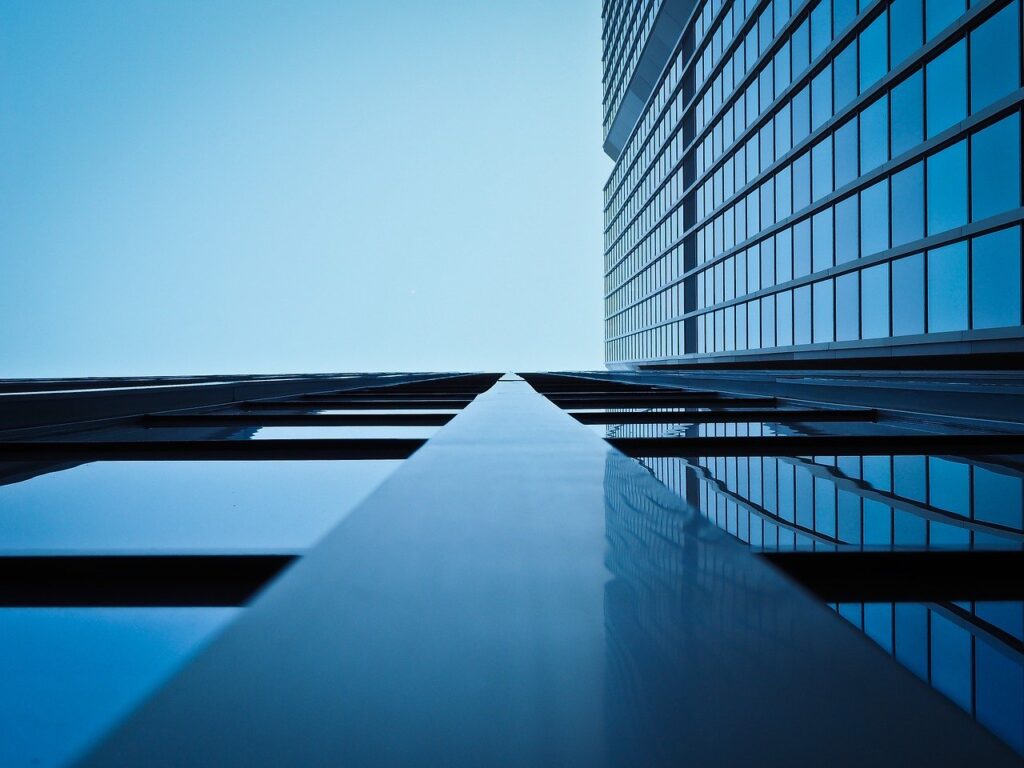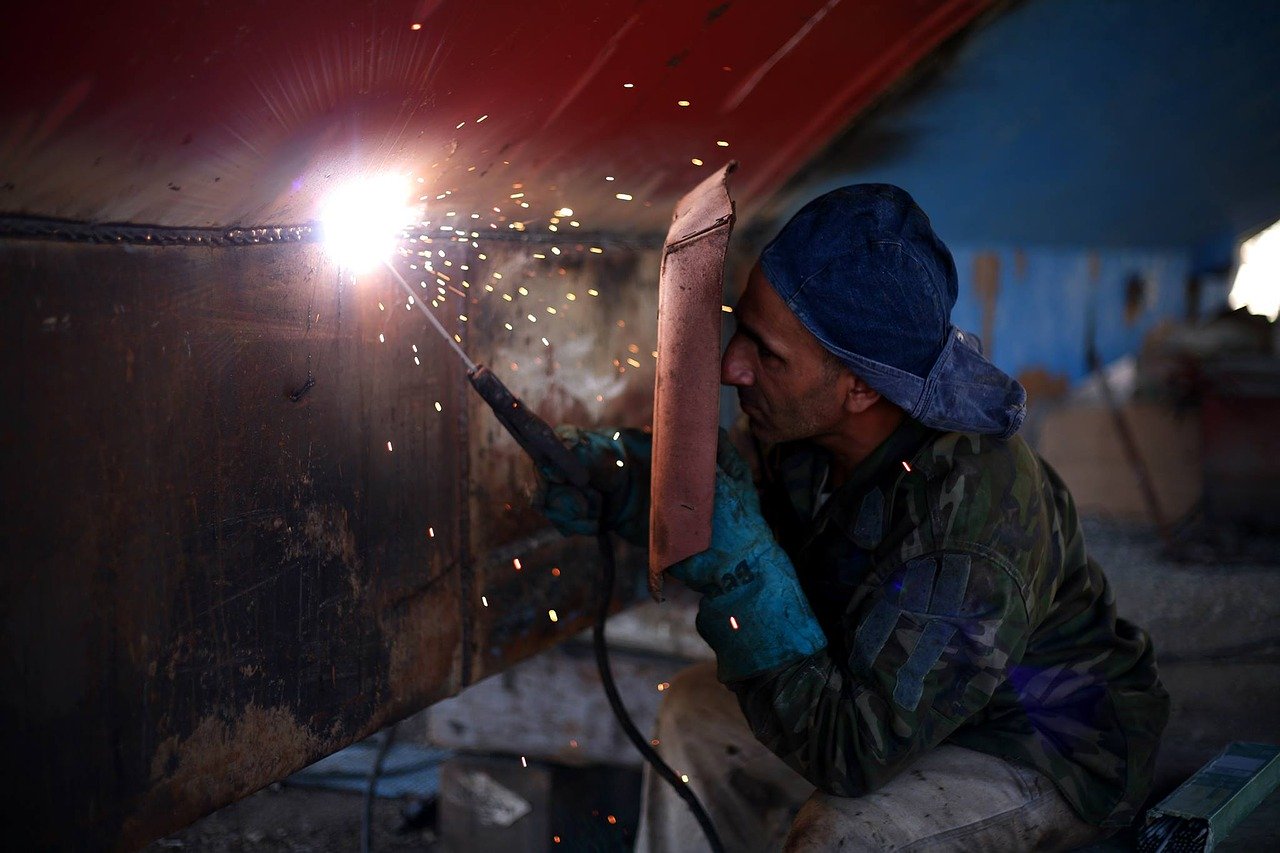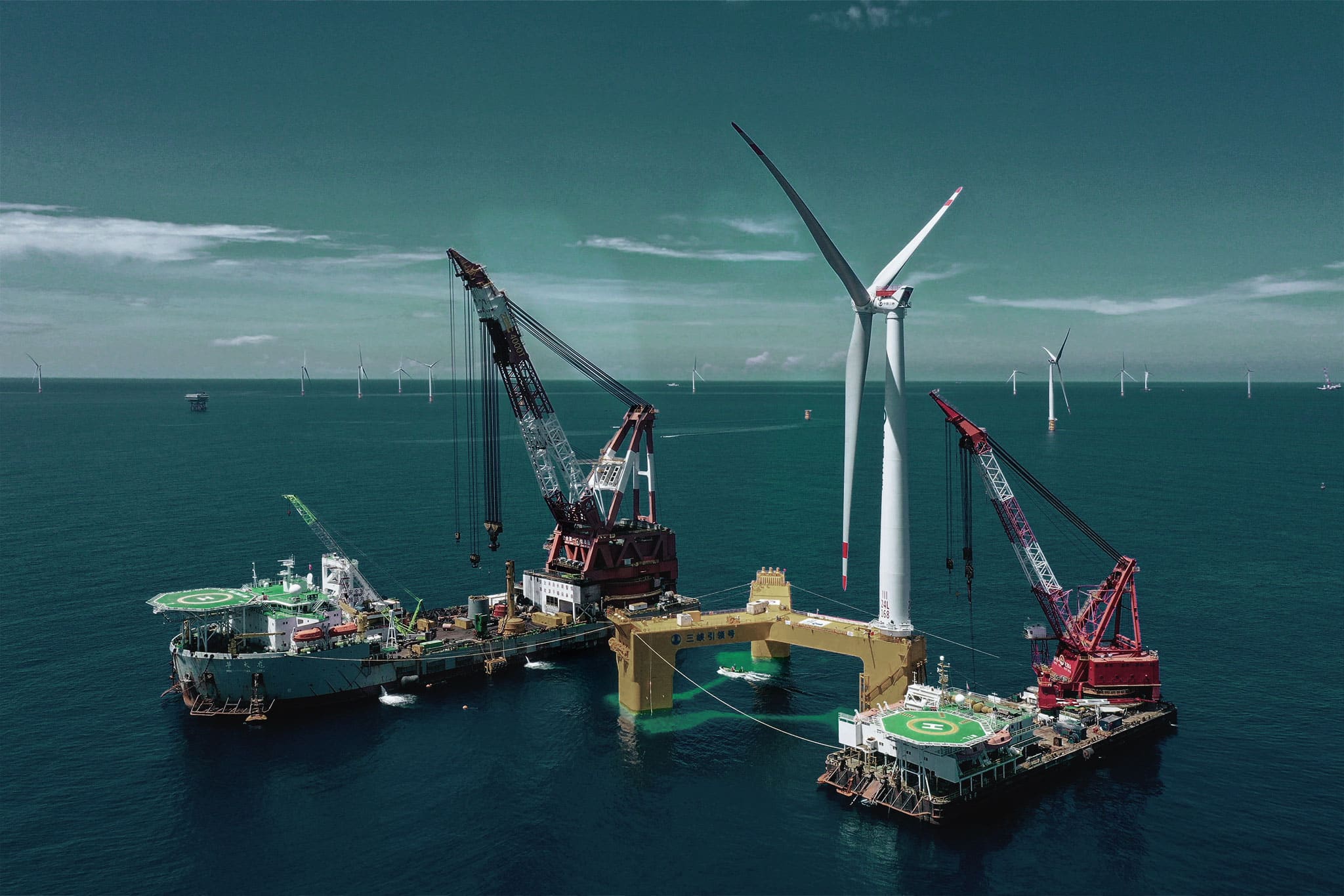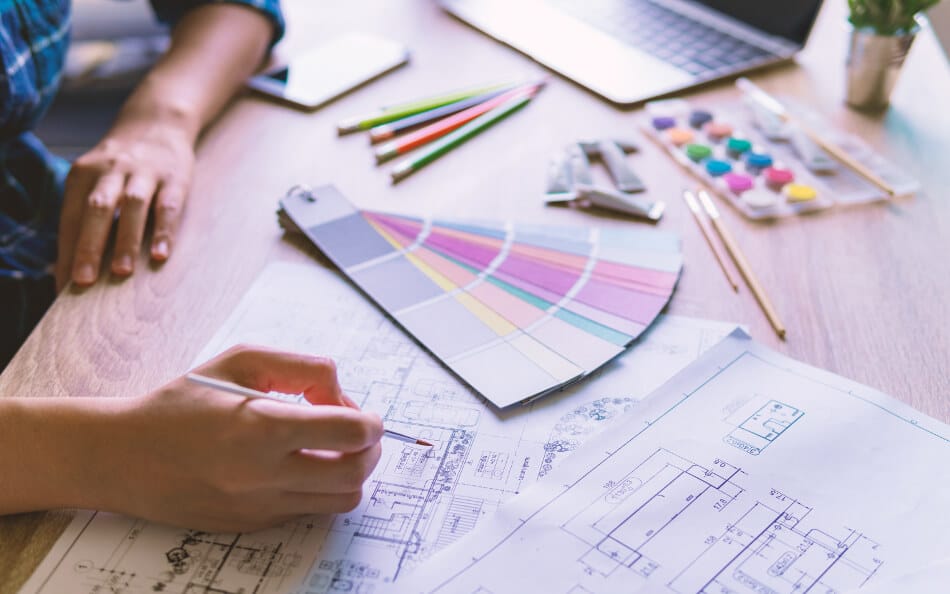Smart building technology is predicted to grow by 34% annually over the next five years with a forecast of a $25 billion total market value by 2021. Construction technology has been evolving very rapidly today than any other point in history. In turn, investments in green construction have significantly increased as construction companies, and clients work to achieve ambitious energy and cost savings targets.
The green building movement is growing way faster than traditional construction as it brings more advantages regarding sustainability and safety.
Green and smart building technologies respond to a variety of energy challenges around the world. The rise in this environmental construction choice in recent years is mostly attributed to a reduction in energy consumption and greenhouse emissions.
Smart buildings also help EU countries meet their 2030 energy strategy, the US with their building energy code, and Australia with their renewable energy target. Although energy efficiency is the primary goal, a lot of benefits come with investing in green technologies. Energy savings are just the tip of the iceberg according to experts at last year’s Building Energy Summit.
Smart building processes and benefits
Here’s what the green building movement has realised: Improving worker productivity and delivering a better use of space along energy savings realise an exponential return on investment. In addition to best practices and a significant cut in energy consumption, smart buildings can be further explored to be responsive to the needs of the occupants and allow them to shift from a static environment to a dynamic one.
Whatever a company’s reasons are for employing smart building practices, whether by corporate social responsibility or the desire for cost-effectiveness, these are just some of the benefits that come with smart buildings:
- Lower operating and maintenance costs
- Improved worker productivity and tenant satisfaction
- Mobile apps that can connect to collaborative work, assign workspace, open doors, locate parking spots, etc.
- Intelligent lighting that adjusts when space is being used or not
- Individualised temperature and light control for individualised comfort
For smart-built buildings, the focus is on building function after construction and maintenance costs. Contractors provide solutions to owners for their customers and deliver a construction project where the cost of maintenance is reduced or maintained at a foreseeable level.
Building information modeling (BIM) — the building design technology that provides digital representation of physical and functional characteristics of a building facility — and other management related technologies help project owners plan and schedule maintenance for a facility that reflects sustainability and appropriate support all throughout the lifecycle of a building.
Zero net energy buildings
Zero net energy (ZNE) buildings are very efficient construction and deep energy retrofit projects that consume only enough power as they self-produce from clean and renewable resources. For the greenest buildings (ZNEs), the development process is unique.
Contractors take old concrete buildings or warehouses, cut holes in them, install windows and skylights, and deploy systems that allow the building to generate its own energy, its own heat and air conditioning system. Most of the time, recycled materials are used for construction and provide unique processes for recycling water. ZNE building revenue is projected to grow to $1.4 trillion by 2035.
Building energy management systems and the Internet of Things (IoT)
Conventionally, the solution to the problem of energy wastage is the building management systems (BMS) or building automation systems (BAS). BMS is traditionally complicated and obviously expensive because of specialised installation, programming, and maintenance requirements.
Investing in a BMS means ROI is a challenge. The very high cost usually means at least four years of recovering the installation costs. This small ROI limits owners to investing in BMS installations. The typical BMS deployment also isn’t entirely used with only routine control application of HVAC systems. In the United States, this leaves about 90% of the total building stock without any smart technology.
With the arrival of IoT-generation connected devices, advancements in sensor and control technology, a new wave of advanced, non-invasive cost-effective, and quick-to-install products have overcome the capital hurdles of traditional BMS.
These new products can now be deployed cost-effectively and installed by non-specialised professionals, they expand the capabilities of existing BMS and may even replace BMS in mainstream application.
The IoT devices with the “big data” they can generate, can be gathered into cloud-based management with the devices easily monitored and controlled by facilities managers using mobile gadgets (smartphones and tablets).
Green-associated risks
Not only are buildings “smarter”, modeling getting smarter and driven by new technologies. The rise of construction tech is a response to the need to improve means and methods, hand in hand with workers, of how construction gets done in a given time frame.
Safety and productivity at the work site are significantly improved with the advancements in building information modelling and robotic demolition machines. The increasing use of BIM, 360 video, drones, 3D laser scanning and other technologies have resulted in improved construction quality and have spotted constructability issues at the early stages of construction.
On the other hand, there are still professionals in the industry who fear that the emphasis on technology can become excessive and needs a lot of healthy skepticism. There are tech tools that end up being “solutions looking for a problem.” One concern is the use of untested green building materials that might increase risk in the construction process.
Although designed for efficiency, smart buildings can also have vulnerabilities regarding building malfunction, hacking, negligence, and breach of privacy. The mentioned risks associated with green building materials and intelligent technologies, however, reflect the risks referred to by design and construction professionals of the traditionally built environments.
There continue to be opposing opinions by construction experts and practitioners over green materials. Nevertheless, the experts tend to agree that green materials and processes may increase initial construction costs but potentially impact project completion by meeting deadlines promptly and better building performance both during and after construction operations.
The verdict
Even with the rise of technology adoption for green construction, the building industry is still done with skinny margins for the most part. Cost is still a major issue for many contractors even with overwhelming evidence that the smart building process saves both energy and money. The impact of data and business intelligence that can be derived from a smart building cannot be denied.
Complement this informative piece on smart building and green construction with a related article on how conscious decisions are shaping a more environmental-conscious approach to construction. Another related post would be about how BIM is making construction greener. If you are transitioning into a digital built environment to target energy and cost goals, you might want to supplement this decision with a free downloadable ebook on construction productivity.




